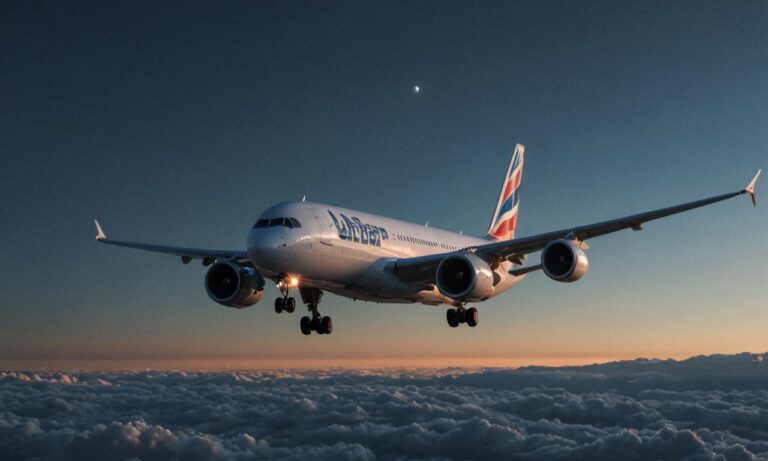The Airbus A320 is a highly efficient twin-engine narrow-body jet aircraft manufactured by Airbus. It is one of the most popular and widely used aircraft in the world, known for its reliability, versatility, and advanced technology.
History
The development of the Airbus A320 began in the late 1970s as a response to the increasing demand for more fuel-efficient and technologically advanced aircraft. It made its first flight on February 22, 1987, and entered commercial service with Air France in April 1988.
Design and Features
The A320 features a fly-by-wire flight control system, which was revolutionary at the time of its introduction. This system replaced traditional manual flight controls with electronic ones, providing smoother control inputs and enhancing safety.
With a seating capacity typically ranging from 140 to 240 passengers, the A320 is suitable for short to medium-haul flights. Its narrow-body design allows for easy maneuverability on the ground and efficient use of airport gates.
Performance
Powered by either CFM International CFM56 or International Aero Engines V2500 engines, the A320 offers impressive performance and fuel efficiency. It has a maximum range of approximately 3,300 nautical miles (6,100 kilometers) and a cruising speed of Mach 0.78.
Variants
Over the years, Airbus has developed several variants of the A320 to meet the specific needs of airlines and passengers. These include the A318, A319, A321, and the latest generation A320neo (New Engine Option), which features more fuel-efficient engines and enhanced aerodynamics.
Market Impact
The Airbus A320 has had a significant impact on the aviation industry, offering airlines a cost-effective and reliable solution for their short to medium-haul routes. Its popularity with both airlines and passengers has made it a staple in commercial aviation fleets worldwide.
In conclusion, the Airbus A320 twin jet stands as a testament to Airbus’s commitment to innovation and excellence in aircraft design. Its advanced technology, fuel efficiency, and reliability have solidified its position as one of the most successful aircraft in aviation history.
Technology Advancements
One of the key technological advancements in the Airbus A320 is its advanced avionics system. Equipped with modern avionics, including digital flight decks and enhanced navigation systems, the A320 offers pilots improved situational awareness and greater operational efficiency.
Materials and Construction
Another aspect worth mentioning is the use of composite materials in the construction of the Airbus A320. These materials contribute to the aircraft’s lightweight design, which in turn enhances fuel efficiency and reduces operating costs for airlines.
Fuel Efficiency
Efforts to improve fuel efficiency have been a major focus in the design and development of the Airbus A320 series. The introduction of the A320neo variant, with its more fuel-efficient engines and aerodynamic enhancements, underscores Airbus’s commitment to sustainability and reducing the environmental impact of air travel.
Comfort and Cabin Features
In addition to its technical advancements, the Airbus A320 also offers passengers a comfortable flying experience with modern cabin amenities. From spacious overhead bins to ergonomic seating arrangements, the A320 prioritizes passenger comfort without compromising on performance.
Frequently Asked Questions
| Question | Answer |
|---|---|
| How many passengers can the A320 accommodate? | The A320 typically accommodates between 140 to 240 passengers, depending on the configuration chosen by the airline. |
| What is the maximum range of the A320? | The A320 has a maximum range of approximately 3,300 nautical miles (6,100 kilometers). |
| What engines power the A320? | The A320 is powered by either CFM International CFM56 or International Aero Engines V2500 engines. |
| Are there any variants of the A320? | Yes, Airbus has developed several variants of the A320, including the A318, A319, A321, and the latest generation A320neo. |






